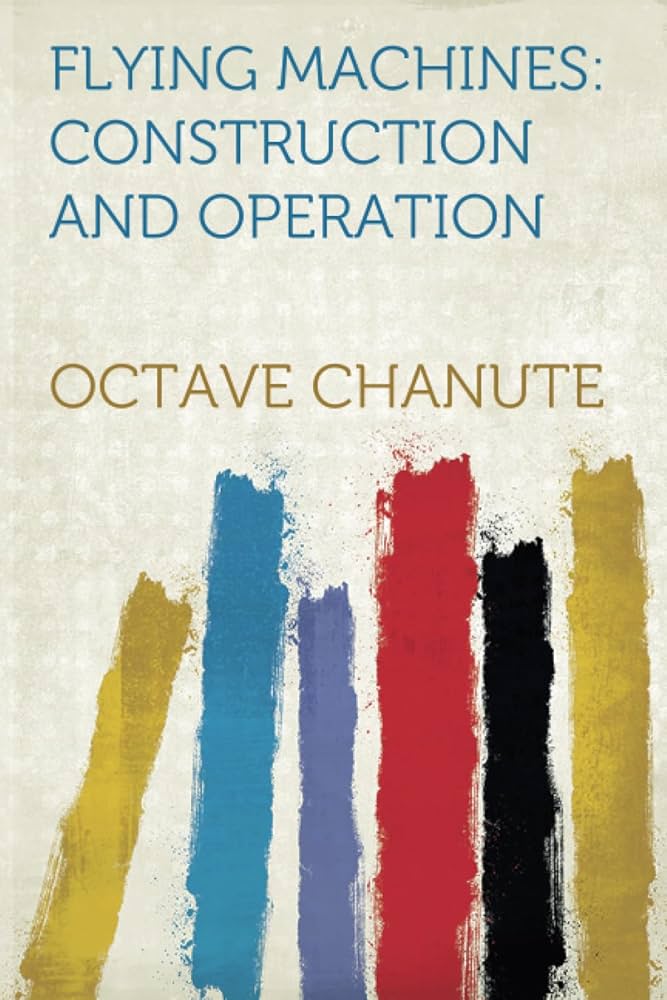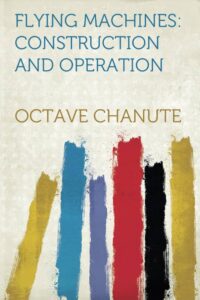Chapter II — Flying Machines Construction And Operation
byChapter II — Flying Machines Construction And Operation explores the early stages of aviation by contrasting two major categories of flight—lighter-than-air balloons and heavier-than-air flying machines. Unlike balloons that drift by gas-based lift, true flying machines rely on forward propulsion and airfoil lift, drawing their core principle from birds. The fascination with avian motion inspired early pioneers to imitate nature’s balance between wing surface and body weight through mechanical means.
Key contributions to this evolving field came from Octave Chanute, whose systematic approach shifted aviation from hopeful experiments to reproducible science. His glider trials, particularly the biplane design tested in 1896, demonstrated the potential of structured lift using fixed wings. Though his machines lacked engines, they revealed that man could glide with stability and predictability. Working closely with associates like Herring and Avery, Chanute refined designs based on extensive studies of how birds adjust their wings during flight. These adjustments became central to future flying machine configurations.
Chanute’s influence reached far beyond his glider experiments. The Wright brothers adapted his concepts and introduced new mechanical strategies. Among these innovations was the repositioning of the pilot to a prone position, which reduced drag and allowed better weight distribution. They also introduced a forward elevator for improved pitch control and fine-tuned wing surfaces to improve lift efficiency. By learning from Chanute and iterating through constant testing, they moved from gliders to powered aircraft. Their eventual success in 1903 didn’t emerge from isolated genius, but from building upon foundations laid by others. The journey was one of observation, adjustment, and persistence.
These advancements led to the first practical applications of powered flight. However, the machines themselves were still limited in scope. With modest engines and lightweight materials, carrying capacity remained low. While capable of supporting a pilot, adding passengers or cargo posed serious challenges. These limitations sparked concern among contemporary observers about the machines’ future. Aviation’s early promise appeared real, but commercial utility was still out of reach. Heavy payloads required more power and stronger structures, neither of which were fully developed at the time.
Skepticism grew around the feasibility of flying machines replacing trains or ships for freight. The cost of production and fuel efficiency were additional constraints. It was argued that even if reliable control was achieved, the practical utility would be confined to specific scenarios. Enthusiasts envisioned air travel’s future, but critics highlighted engineering boundaries that had yet to be overcome. At this stage, aviation was celebrated more for its breakthrough than its immediate utility. Despite public excitement, adoption was cautious and limited to experimental or demonstration use.
Nonetheless, the pursuit of flight continued to evolve. Each new model brought slight improvements—lighter materials, stronger engines, and better controls. These innovations gradually addressed some early concerns about safety and performance. Although full-scale commercial viability was distant, foundational work proved essential. The development of aircraft mirrored the progression of many great inventions—slow, methodical, and punctuated by discovery. Patience and iteration became the true engines behind aviation’s future.
Even with its limitations, early flight achieved something extraordinary: it redefined human mobility. The simple idea that a person could rise from the earth through powered lift had a profound cultural and scientific impact. Dreamers and engineers alike began thinking beyond geography. It opened a new frontier, not just physically, but imaginatively. With each improvement, skepticism turned to curiosity, and curiosity turned to ambition. The slow birth of flight became a symbol of what determination, study, and collaboration could accomplish.
This chapter reminds readers that progress in aviation was never just about reaching the sky—it was about how we got there. Chanute’s gliders, the Wrights’ test flights, and the limitations they faced all form a narrative of patience and precision. By understanding the roots of flight, we gain a deeper respect for what it took to lift humanity off the ground. Those first steps were small, but they redefined what was possible. And though the journey began with wood, cloth, and a dream, it set the course for a future that continues to ascend.


